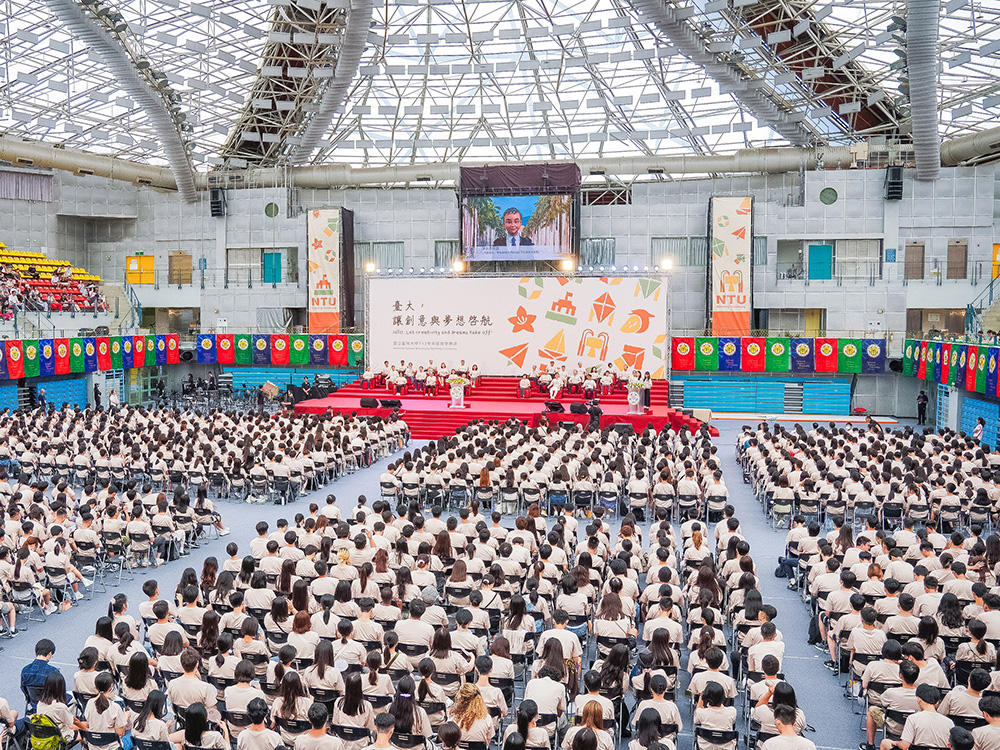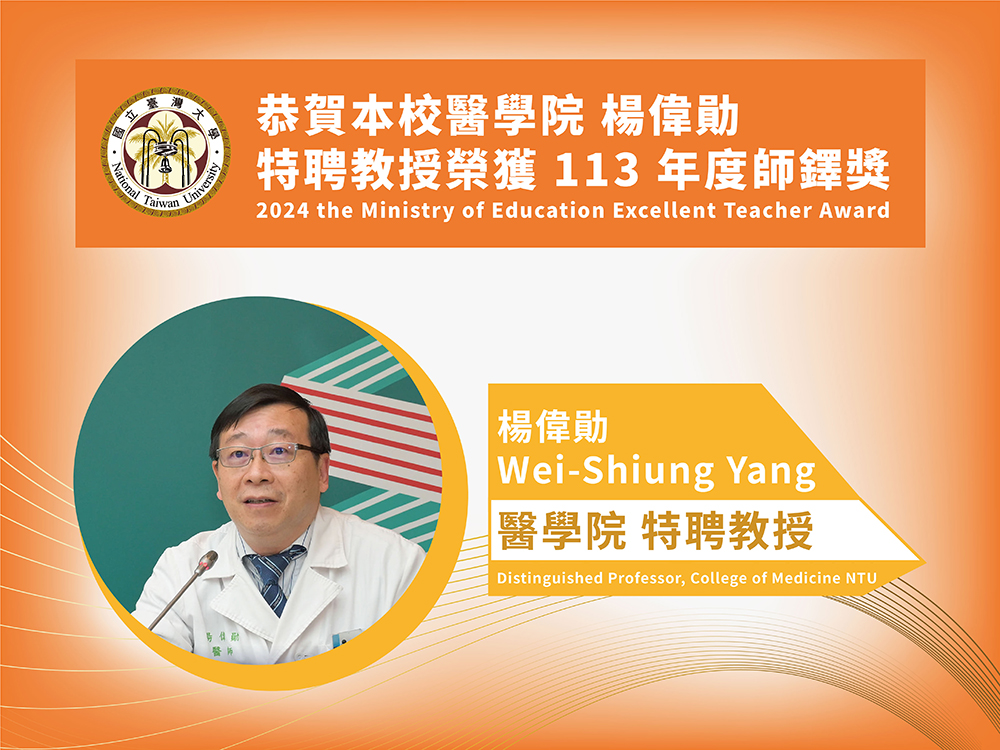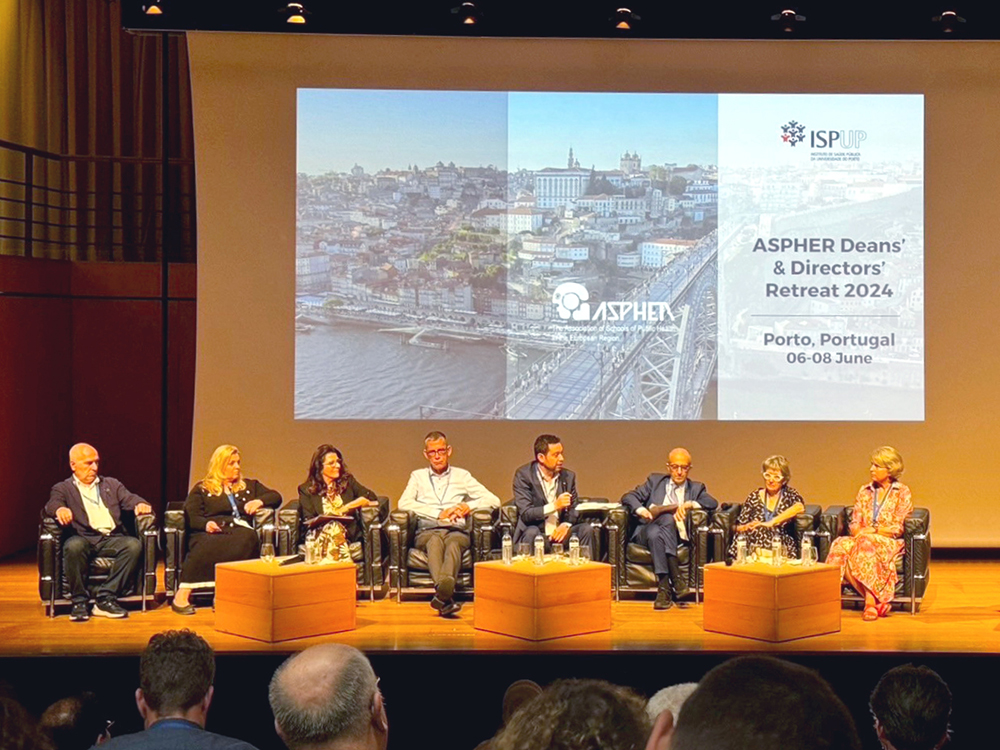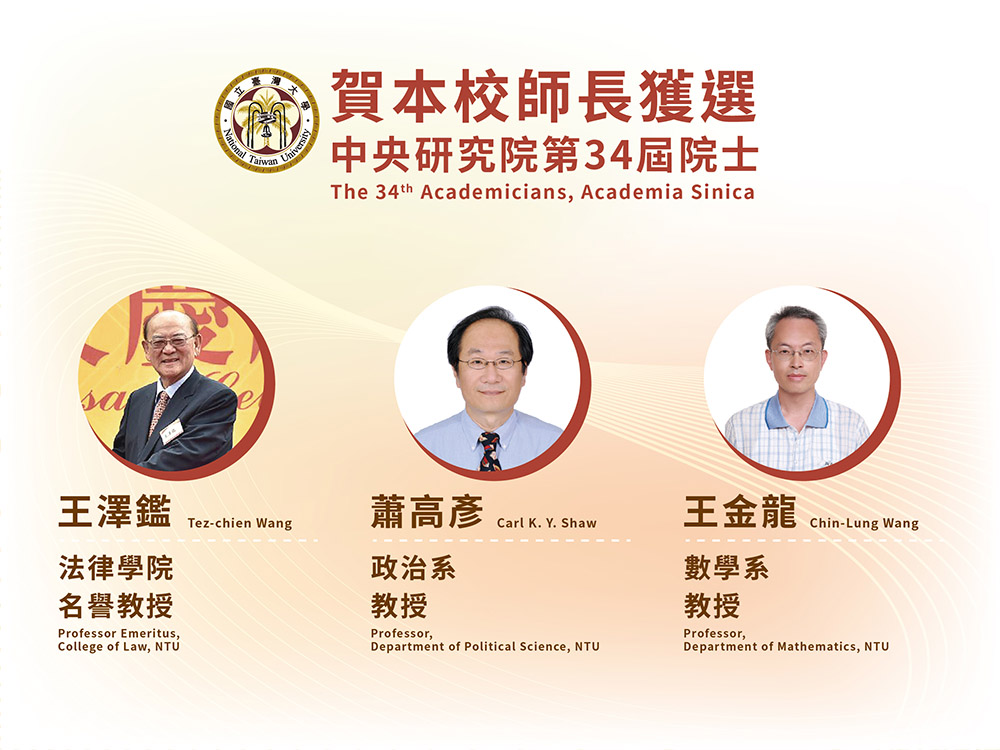
NTU Opening Ceremony: “Where Creativity and Dreams Take Flight”
瀏覽器版本過舊,或未開啟 javascript
請更新瀏覽器或啟用 javascript
Spotlights
The Pleistocene Mauremys reevesii from Taiwan (on the left); the anatomical interpretations of the Pleistocene M. reevesii (middle); and the shell of modern M. reevesii (on the right).
One reconstructed ecological scene with Mauremys reevesii in the Pleistocene Park (illustrated by Yi-Lu Liaw).
Proper taxonomic identification is critical to our understanding of biodiversity and the underlying evolutionary history. Prof. Cheng-Hsiu Tsai and his team’s taxonomic revision of a Pleistocene geoemydid turtle from Taiwan confirms the existence of the Pleistocene Mauremys reevesii. Their results then offer a definitive example for conservation paleobiology – Mauremys reevesii in Taiwan should be considered a native species. Although the current population of M. reevesii in Taiwan seems to be human-introduced turtles from the pet trade or other human activities, Prof. Tasi’s discovery offers a novel perspective to consider whether it is likely for such a secondary-invaded population to rebuild its natural habitat that restores the vanished ecological role of Pleistocene Mauremys reevesii in Taiwan. This pioneering practice of conservation paleobiology in Taiwan then sheds new light on the decision-making of conservation policy and offers new insights into the origin of modern biodiversity in Taiwan.
This study was published in The Anatomical Record on October 1, 2022: https://anatomypubs.onlinelibrary.wiley.com/doi/full/10.1002/ar.25082

NTU Opening Ceremony: “Where Creativity and Dreams Take Flight”

Prof. Wei-Shiung Yang wins MOE National Excellent Teacher Award

NTU College of Public Health's Global Health Program Joins the Association of Schools of Public Health in the European Region

NTU hosts a successful dg.o 2024

Congratulations to NTU faculty members elected as 34th AS academicians
Current Spotlights